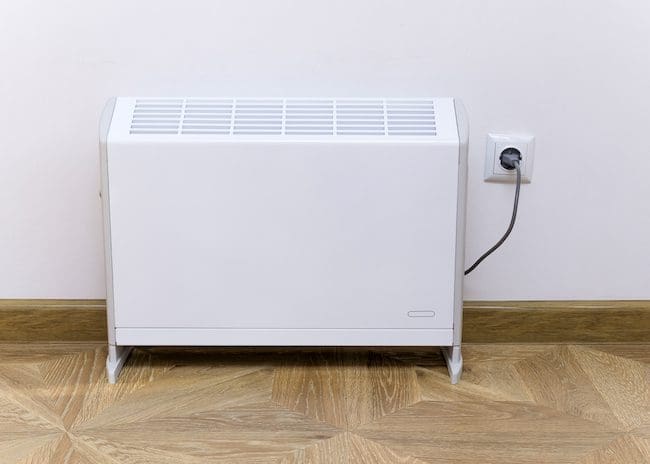The Ultimate Guide To 1 Source Portable Air
The Ultimate Guide To 1 Source Portable Air
Blog Article
The smart Trick of 1 Source Portable Air That Nobody is Discussing
Table of ContentsThe Main Principles Of 1 Source Portable Air Not known Details About 1 Source Portable Air 1 Source Portable Air Things To Know Before You BuyIndicators on 1 Source Portable Air You Need To KnowThe smart Trick of 1 Source Portable Air That Nobody is Talking About
Running prices are based upon an electrical energy rate of 40c/kWh. The prices for 3 months' usage in winter season are based on 500 hours make use of, or roughly 6 hours each day for 3 months. Optimum warmth output is based on the maximum power level of the designs we've tested (we concentrate on higher power level heating systems).
This depends upon what price you're looking at in advance purchase, or running price? Customarily, there are compromises with either selection. Generally, little fan heating systems are much less pricey to purchase, however can have higher running expenses. Oil column heaters will certainly be the least expensive on the marketplace to run (typically) however just by a narrow margin in advance of convection heating units (like panel and micathermic panels).
1 Source Portable Air for Beginners
If you have a relatively easy to fix ceiling fan, it'll help disperse the heat around the area a lot more uniformly. A number of pricey heaters have failed to thrill our testers, while some less expensive versions make for remarkably excellent buys.
As the name recommends, they radiate warm from a heated home heating aspect (so the family will have to take turns resting in front of it). Radiant heaters are reasonably affordable.
Glowing heaters usually cost between $20 and $200. Oil-filled column heating units do not really burn oil they utilize electrical power to heat the oil that's secured inside their columns or 'fins'.
The 1 Source Portable Air Statements
Some column heating systems aren't even oil-filled however instead use various other product or heating modern technology to work the exact same means - 1 Source Portable Air. The threat of fire with an oil column heater is low contrasted to various other heating unit kinds, yet never absolutely no. Oil heating systems do not have actually subjected aspects like glowing heaters do, and their surface area temperature is less than many other heating unit kinds (their big surface offsets it)
Oil column heating units won't explode, and while they do not burn their oil to create heat, it's still combustible, so there is a fire risk if the oil leakages, if the heating unit topple and leaks, or if flammable things or textile enter into contact or fall on the heater. You need to work out the exact same level of care with oil heaters as for other heating system types, and never ever have a peek at these guys hang towels or clothing over one to completely dry them utilize a drying out shelf rather, at the very least one metre away.
Column heating systems are particularly beneficial in areas where they'll be switched on for lengthy durations of time or where they'll operate unattended, such as overnight in a bedroom. The surface areas you're likely to touch on a column heating system don't get as hot as other kinds of electrical heaters. You can make use of a ceiling fan on really reduced speed to help the column heating unit to distribute the heat quicker and more equally.
Oil-filled column heating systems usually set you back in between $50 and $450. Convection and panel heating units draw chilly air over an electrical heating component.
1 Source Portable Air Fundamentals Explained

Convection and panel heaters are a lot more mobile than their oil-filled column heating unit counterparts since they're considerably lighter. Like a column heater, you can make use of a ceiling fan on extremely reduced rate to disperse the heat faster and a lot more uniformly.
)
The 8-Second Trick For 1 Source Portable Air
Follower heaters are typically smaller and more portable than various other electric heaters. They also come in the kind of tower follower heaters, which can be better for distributing warm around bigger spaces due to their taller profile. They can heat the air in an area much more swiftly, equally and promptly than some other heater kinds.
They can be quite loud with the follower on complete power, however are generally reasonably silent at lower fan rates. Fan heating units web (ceramic or otherwise) typically price i was reading this in between $60 and $900. Ceramic follower heating systems aren't necessarily any type of different in rate to non-ceramic models. A relatively current participant into the consumer market, infrared heating units warm the room like the sun heats your face (without the UV rays so no danger of skin cancer cells). 1 Source Portable Air.
Report this page